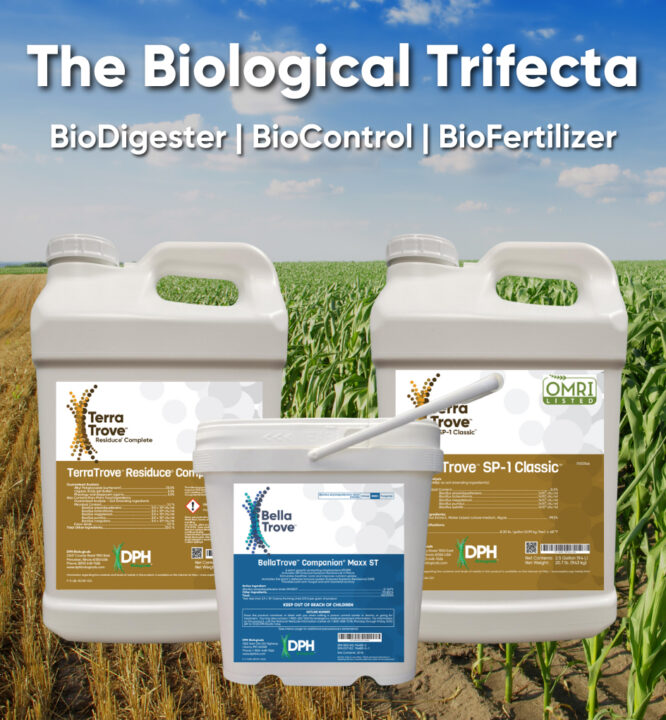Dicamba Decision Stands; Ag Industry Responds
U.S. agriculture is still in the clear, for now, to continue using existing stocks of dicamba according to label through states’ respective cut-off dates, no later than July 31, 2020.
Late on Friday, judges on the Ninth Circuit Court of Appeals reached a decision to deny an emergency motion to immediately end over-the-top applications of dicamba and to hold EPA in contempt of court for allowing use of existing dicamba stocks through July 31.
“Congress has provided for the certainty needed by growers in critical times – like planting season right now – by equipping EPA with the ‘existing stocks’ authority it exercised in its June 3 guidance to growers,” BASF said on Monday morning, noting that it was pleased with the Court’s decision, as well as the Court’s granting of an emergency motion to intervene in the case.
However, BASF said that as the company’s Engenia registration remains vacated as a result of the Court’s original decision, “we seek a recall and stay of the Court’s mandate until BASF has the opportunity to challenge that decision. We are committed to pursue all legal remedies available to ensure farmers have access to the safe and effective crop protection solutions they have come to rely on, including Engenia herbicide. BASF will also continue to pursue EPA re-registration of Engenia for the coming seasons.”
In American Soybean Association’s response to the decision, it explained that EPA’s long-established policy and practice under FIFRA provides for an orderly management of the distribution, sale, and use of existing stocks of a formerly registered pesticide product, including – as in this instance – in the context of vacatur.
“Immediately banning use of existing stocks of Xtendimax, Engenia, and FeXapan would have financially devastating consequences on America’s soybean growers, who have invested an estimated $3.35 billion for soybean seed in 2020 and hundreds of millions of dollars more in herbicides, labor, fertilizer and other costs, expecting that over-the-top applications of dicamba would remain lawful,” ASA said, adding:
“American growers and the public are fortunate that a proper administrative and judicial-review framework exists. Farmers use countless FIFRA-regulated pesticide products, including herbicides, insecticides and fungicides. They make planting decisions and significant, up-front financial investments based on the rules and regulations in place at the time plans are made. Soy farmers are dependent on those rules not changing in the middle of the game and are glad the Court got it right in these orders.”
A pending lawsuit filed by the same plaintiffs in 2017 against Corteva’s Enlist Duo herbicide is also currently under review in the Ninth Circuit court.






